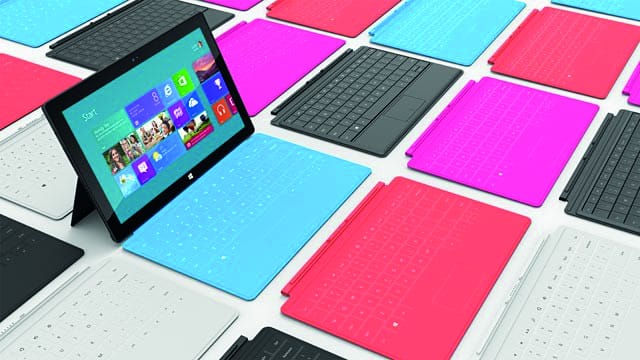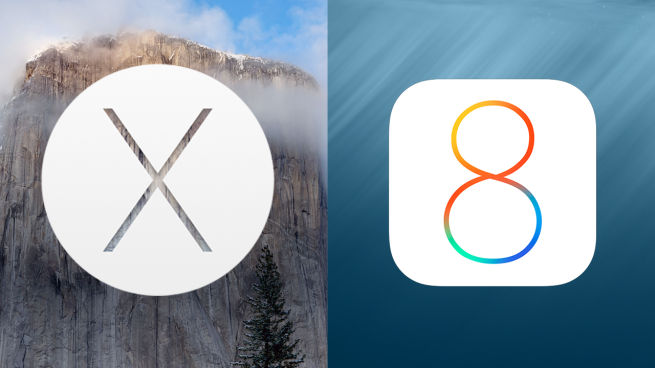Microsoft hope 3 is the magic number
Osama Awara reviews the newest member of the Surface family

The third generation of Windows tablets, or Lablets as I like to call them, have been released by Microsoft. They claim that the Surface Pro 3 is not only a tablet, but a laptop as well, potentially replacing both of those devices in your home. After owning one for several weeks, I can honestly back Microsoft on this one. I have not touched my old laptop since the purchase; it is currently sitting in a bedroom drawer collecting dust.
The beautiful thing about this device is how seamlessly you can interchange between using it as a tablet and a laptop. For instance, as I write this article I am in desktop mode tapping away at the keyboard, whilst being able to touch anywhere on the screen to select anything from the Word 2013 and Google Chrome icons to the volume adjustment icon.
However, by selling the attachable keyboard separately Microsoft has, in my opinion, shot itself in the foot, appearing to be like the [video games developer] EA of the tech world. I purchased my Surface Pro 3 with the core i5 processor and a 256 GB solid state drive for a relatively hefty price in Canada. The keyboard sold for $150 (Canadian dollars that is) which is around £80 – an unreasonable extra charge considering the initial price of the system (around £830). However, in terms of ergonomics the keyboard works well and is backlit.
Most of the Surface Pro 3s come with 256GB of memory which is not a lot if you are planning to properly use your device as a laptop. It is compensated by the fact that this device is solid state (free of moving mechanical parts), meaning that your Surface Pro will have much faster loading speeds compared to traditional hard drives which run on rotating magnetic discs. Also, if you’re planning to game on this device, you will certainly fill up your memory quickly.
On the topic of gaming, the Surface Pro is very decent for a tablet but if you are planning to run hardcore games such as Battlefield, expect frame rates that would leave you feeling like you’re gaming on a flipbook; the integrated graphics card just won’t be able to handle it.
The tablet has multiple degrees of positioning due to the flap on the rear of the device; this gives the Surface Pro 3 several different modes of use.
If you want the device to work as a laptop you would position the flap so that the screen is vertical with a slight slant. If you are in a lecture and want to take notes with the Surface Pro stylus, you can position the flap such that the screen is positioned horizontally with a slight vertical slant – the perfect position to write. The stylus does a good job at writing and although your handwriting with a pen won’t be mimicked, you will still get reasonable results.
Overall, am I satisfied with the Surface Pro 3? It definitely checks both the boxes that a tablet and laptop should, running everything from Microsoft Office and Netflix to standard apps downloaded from the store. It certainly would come in handy to any student and it also fits neatly in your bag like a textbook.
The main problem is its price which stands alongside elite gaming laptop brands such as Alienware or an ASUS Gaming Powerhouse. You can expect to be set back £1400 with the keyboard if you are going to make a purchase in the UK.
Surface Pro 3s come at similar prices to Apple Macs, but I would definitely recommend the Surface Pro 3 as the must-have device for students over Macs, simply because of its touch screen and laptop/tablet interchangeability that the Apple devices lack.







